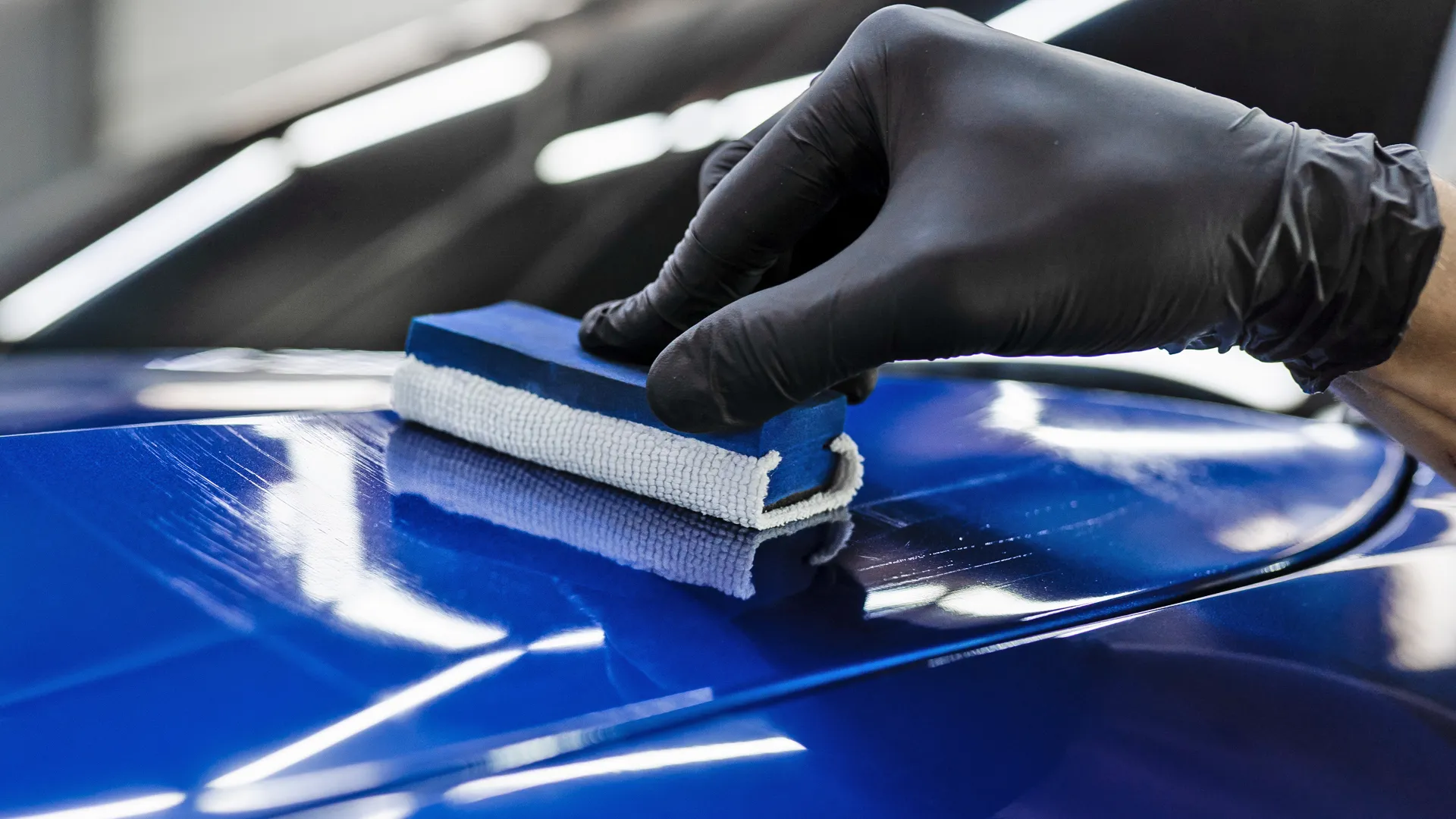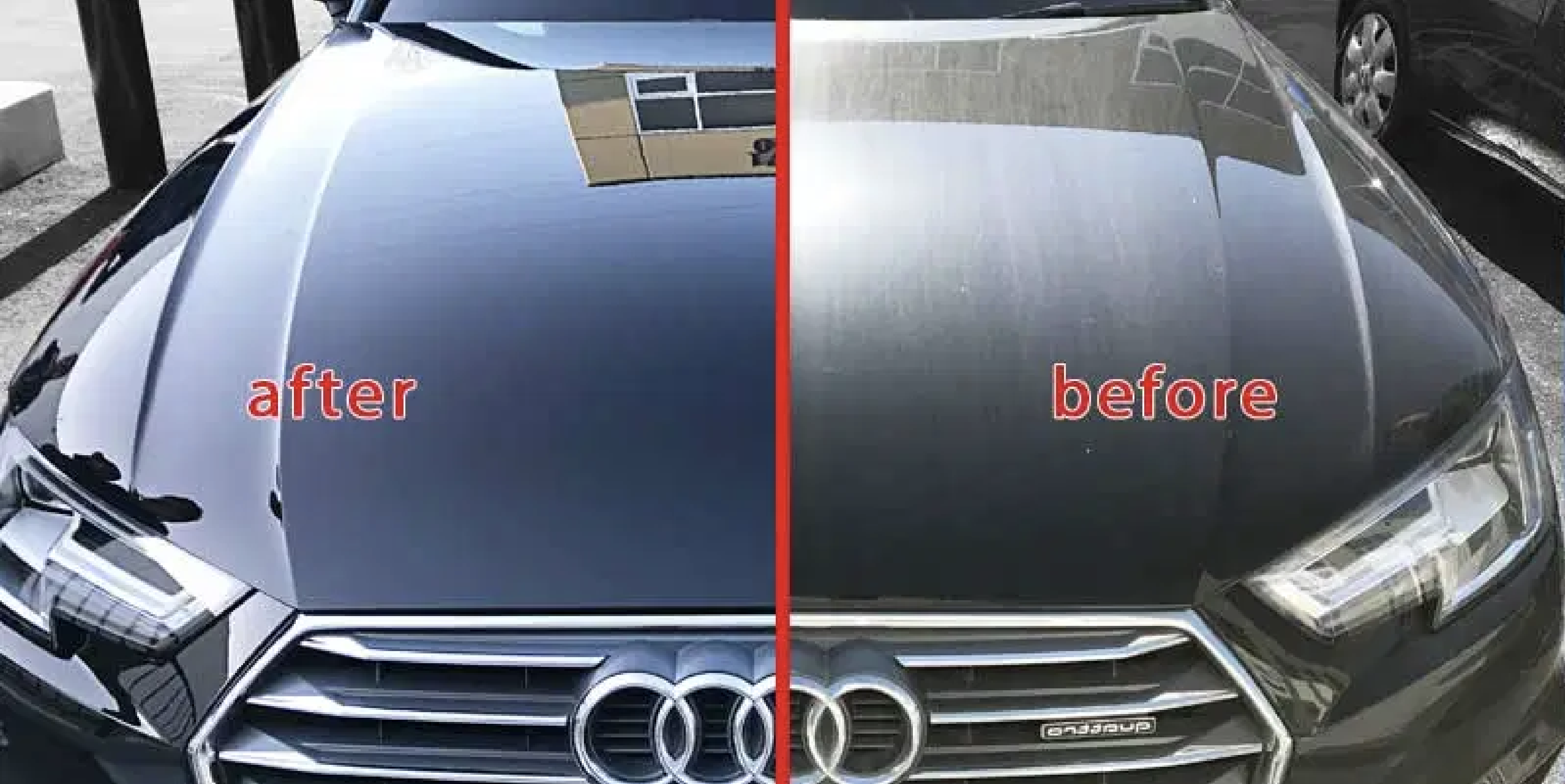Get professional auto detailing to refresh your vehicle’s beauty.
Get professional auto detailing to refresh your vehicle’s beauty.
Blog Article
A Comprehensive Overview to the Kinds Of Ceramic Layer on the Market
Ceramic layers have actually emerged as an essential service throughout different markets due to their distinct properties and applications. As we explore the distinctive characteristics and applications of these layers, the implications for performance and longevity become increasingly obvious, increasing concerns about which type could finest fit your requirements.
Comprehending Ceramic Coatings
Ceramic finishes are innovative safety options that have acquired popularity in various industries, specifically in auto and aerospace applications. These coatings contain a fluid polymer that, when healed, creates a long lasting, hydrophobic layer externally of the substratum. This layer gives boosted resistance to environmental impurities, UV radiation, and chemical direct exposure, thus prolonging the life and visual allure of the underlying product.
The basic part of ceramic finishes is silica, which adds to their hardness and resilience. The application process commonly includes surface prep work, application of the finish, and curing, which can be attained with heat or UV light. As soon as treated, ceramic finishings exhibit remarkable bonding homes, allowing them to adhere highly to a range of surfaces, including metals, plastics, and glass.
Along with their protective functions, ceramic layers also supply convenience of upkeep. Their hydrophobic nature lowers the adherence of dirt and gunk, making cleansing easier and much less constant. Overall, the fostering of ceramic finishes represents a considerable development in surface area protection innovation, giving both practical and visual advantages across several sectors.
Kinds of Ceramic Coatings
Various types of ceramic coverings are readily available, each designed to satisfy details performance needs and applications - Auto Detailing. The most usual types include:
Silica-based Coatings: These coatings largely contain silicon dioxide and are known for their durability and chemical resistance. They are extensively used in automotive and commercial applications.
Titanium Dioxide Coatings: Popular for their photocatalytic properties, titanium dioxide finishes are frequently used in settings where self-cleaning and antifungal residential or commercial properties are desirable, such as in building products and automobile finishes.
Zirconia Coatings: Characterized by their high-temperature stability and thermal resistance, zirconia finishings are used in applications such as generator engines and high-performance vehicle parts.
Alumina Coatings: Showing excellent solidity and thermal security, alumina finishings are frequently used in wear-resistant applications, consisting of reducing tools and industrial equipment. - Auto Detailing
Crossbreed Coatings: Integrating the residential or commercial properties of different materials, hybrid finishings provide enhanced performance qualities, making them appropriate for distinct and requiring applications.
Each type of ceramic finish offers distinctive objectives, permitting customers to pick the most appropriate remedy based upon certain environmental problems and performance requirements.
Benefits of Ceramic Coatings
Ceramic coverings, in particular, offer numerous advantages that make them progressively popular amongst producers and customers alike. These coverings are resistant to scrapes, chemicals, and UV rays, ensuring that the underlying surface remains secured over time.
Along with toughness, ceramic layers supply exceptional hydrophobic buildings, permitting easy cleansing and maintenance. This water-repellent nature decreases the adherence of dirt, crud, and various other pollutants, which can prolong the visual charm and functionality of the surface. Ceramic coatings can visit this web-site considerably improve thermal resistance, making them excellent for applications that withstand high temperature levels.

Application Refine
When using ceramic finishes, a meticulous method is important to attain optimal results. A tidy surface area guarantees correct bond of the coating.
When the surface is prepped, the next step is to use the ceramic finish. This can be done utilizing an applicator pad or a microfiber cloth, making sure also protection. It is essential to function in small sections to keep control and prevent premature treating. The finish needs to be applied in thin layers, as thicker applications can cause irregular coatings.
After application, the layer requires a details healing time, typically ranging from a couple of hours to a full day, depending on the item. Throughout this time around, it is crucial to avoid direct exposure to wetness or pollutants. A gentle buffing might be required after treating to enhance the gloss and get rid of any kind of high places. Adhering to these steps carefully will optimize the performance and longevity of the ceramic covering, giving a sturdy safety layer for the surface area.
Upkeep and Longevity
To guarantee the longevity and efficiency of a ceramic layer, routine upkeep is necessary. Ceramic coverings, known for their toughness and protective high qualities, call for specific care routines to maximize their life expectancy and performance.
Along with regular washing, routine evaluations are crucial. Look for indicators of wear or damages, such as hydrophobic residential properties lessening or surface blemishes. If needed, a light gloss may be related to renew the finishing without removing visit homepage it away.
In addition, the application of a booster spray can improve the covering's hydrophobic impacts and recover its gloss. This is next specifically advantageous for finishes that have actually remained in usage for an extended period. Inevitably, by adhering to these maintenance techniques, one can considerably prolong the life of a ceramic coating, ensuring that it remains to supply optimum security versus environmental factors and preserve the aesthetic appeal of the car.
Conclusion

Report this page